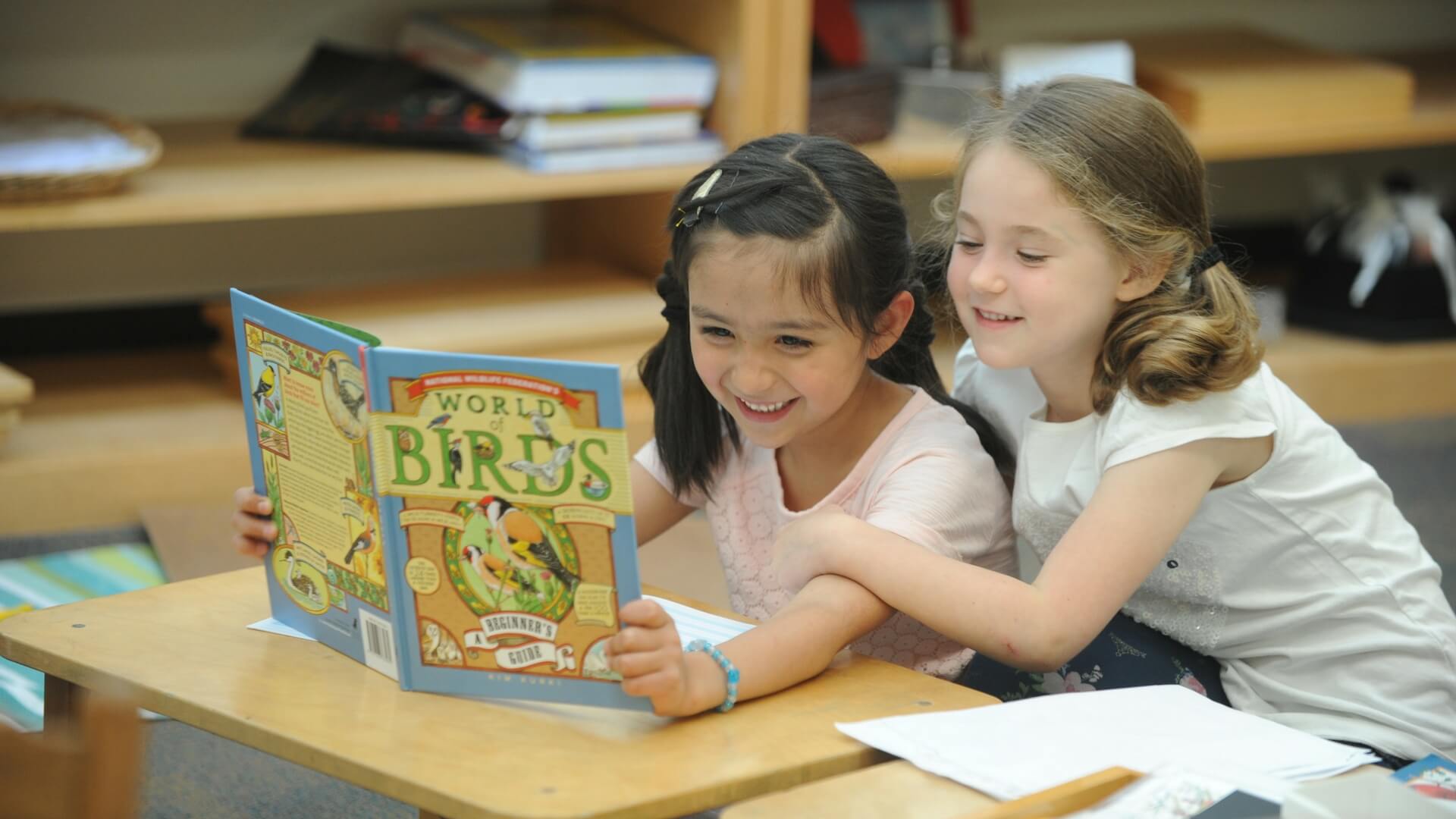In addition to the design of the materials in general and the ground rules of the classroom, there are special lessons offered in the Montessori classroom to support children’s peaceful interactions and contributions to their society. The “Grace and Courtesy” lessons are often considered a part of the Practical Life curriculum: skills so essential to every day living that they are foundational to other lessons in the classroom.
Imagine all the ways in which you might behave to show other people that you value and respect them. From making eye contact when you say, “Hello,” to offering a beverage to a guest, from listening attentively to another person’s story to knowing how to politely blow your nose, there are endless ways through which we demonstrate care for each other. In the Montessori classroom, each of these lessons has its own presentation. And just like the materials in Math or Language, these lessons are carefully practiced to make sure that we offer them to the children with the utmost care and elegance. Each movement of the hand and each word spoken is chosen intentionally to model these courtesies.
Some common Grace and Courtesy lessons include Welcoming a Guest, Observing Another Child at Work, Saying “Excuse me,” Saying, “Please,” Offering Thanks, and Apologizing. These are often demonstrated with small groups of children together, with the teacher modeling the behavior and then inviting children to practice with each other. Through these practiced behaviors, children internalize the steps we so often take for granted as adults. Meanwhile, they are doing so in the company of their friends, in a playful setting that engages their imaginations and helps to form social connections. Some teachers may offer small boxes with written prompts for these Grace and Courtesy lessons, so pairs or small groups of children can choose to practice the lessons with each other.
Other Grace and Courtesy lessons are offered to one child at a time, when that child is most receptive to the lesson. These lessons may include how to blow your nose, how to wash your hands after snack, how to wipe a table, how to prepare a snack to share, how to serve food to others… even how much toilet paper to use! While there are lots of jokes about how Montessori teachers can turn anything in to a lesson on the shelf, this reflects our awareness that children are both attentive to detail and unfamiliar with many of the routines we accept as given. By introducing every-day social skills in careful, precise, self-correcting lessons, we support children to incorporate them naturally into their own behavior.
At home, you can play with Grace and Courtesy lessons as well, as a family game or when you introduce a new skill to your child. Some of the most challenging parts of your time with your children may be made more difficult because you’ve presumed them to know how to do something that they don’t yet understand how to do. For example, an at-home Grace and Courtesy lesson might be How to Wait During a Phone Call or How to Knock on the Bathroom Door. By warmly practicing these skills when they are not needed, we can help children to incorporate them when they are, and we can avoid children getting in trouble for something they didn’t really understand how to do. While you may remember a parent or caregiver chiding you to, “Say thank you!” children in Montessori classrooms enjoy these lessons as a playful way to contribute to their communities. You can easily use the same practices at home, with the same result: peaceful, joyful interactions with children who understand their ability to influence others and cherish their capacity to use that influence for good.


